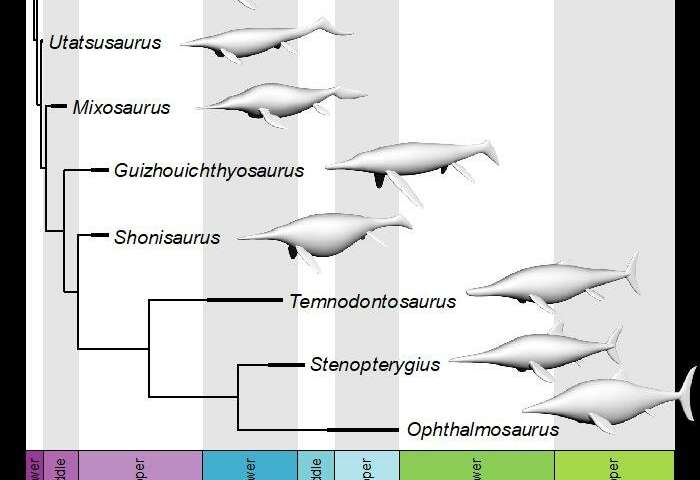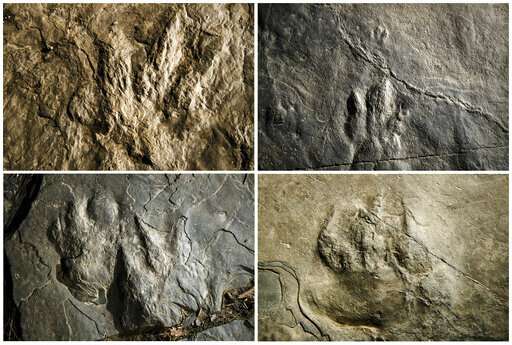At https://phys.org/print471074197.html … dinosaurs were thriving immediately prior to the asteroid strike that decimated them we are told. This is a big step change by scientists who have been telling us for a long time dinosaurs were already in decline from climate change and the asteroid strike simply put them out of their agony. Resaerchers from UC London, Imperial College London, and the University of Bristol claim dinosaurs were not under stress – and far from it. We may wonder if the decline is really all about fitting in the sedimentary rock layers (before and after the event) – but it seems there is more to it than that. The western side of North America has lots of dinosaur remains from the Cretaceous – but the eastern half is sadly lacking in them. Whereas earlier efforts seem to have made use of a lack of fossils in some regions (as evidence of decline) in concert with a mathematical prediction that calculated their numbers. In contrast, the new research has used what is described as ecological niche modelling (as well as taking note of the geographical spread of the fossils).
At https://phys.org/print471001433.html … Computer simulation again. This time the object is to find out how Ichthyosaurs swam – and did they swim in groups. This is the University of Bristol again and they have compared them to modern dolphins as they appear to have similar behavioural patterns – even though one is a mammal and the other a reptile. During the evolution of Ichthyosaurs they seem to have changed shape substantially, from narrow lizards to stream lined, sleek and manoeverable marine animals, with a definite niche in the environment of the seas …
 … which is thought to represent the changes and classification of Ichthyosaurs and their relatives (via geochronology).
… which is thought to represent the changes and classification of Ichthyosaurs and their relatives (via geochronology).
At https://phys.org/print471089869.html … dinosaur tracks in a national park not far from Philadelphia …

